Documentary
|
Get in Tough
Ridvan Yumlu Creative Studio Berlin Finowstrasse 5 10247 Berlin +49 (0) 176 213 64 184 +49 (0) 30 51302825 Pick my brains send me an email |
|
Get in Tough
Ridvan Yumlu Creative Studio Berlin Finowstrasse 5 10247 Berlin +49 (0) 176 213 64 184 +49 (0) 30 51302825 Pick my brains send me an email |
Christianity's third most holy site is set to be opened to the public in the near future—but at the present moment, it's surrounded by thousands of land mines. Qasr Al Yahud is recognized as one of the sites where Jesus got baptised by John the Baptist in the Jordan River (Matthew, 3: 13-17). It is also referred to as the place where Eliyahu the prophet and where the Israelistes crossed the Jordan river to enter the land of Canaan.
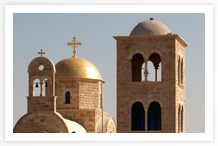 (Image ID Baptism_Side_01)
(Image ID Baptism_Side_01)
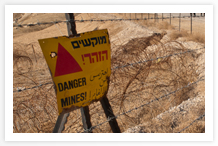 (Image ID Baptism_Side_02)
(Image ID Baptism_Side_02)
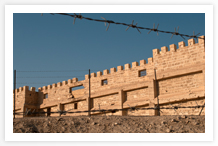 (Image ID Baptism_Side_03)
(Image ID Baptism_Side_03)
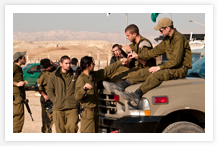 (Image ID Baptism_Side_04)
(Image ID Baptism_Side_04)
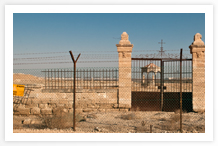 (Image ID Baptism_Side_05)
(Image ID Baptism_Side_05)
 (Image ID Baptism_Side_06)
(Image ID Baptism_Side_06)
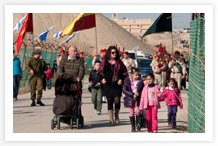 (Image ID Baptism_Side_07)
(Image ID Baptism_Side_07)
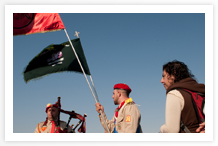 (Image ID Baptism_Side_08)
(Image ID Baptism_Side_08)
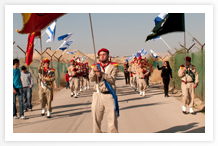 (Image ID Baptism_Side_09)
(Image ID Baptism_Side_09)
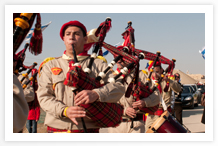 (Image ID Baptism_Side_10)
(Image ID Baptism_Side_10)
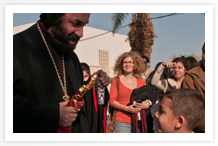 (Image ID Baptism_Side_11)
(Image ID Baptism_Side_11)
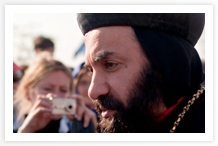 (Image ID Baptism_Side_12)
(Image ID Baptism_Side_12)
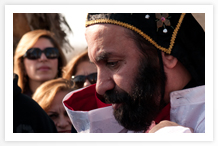 (Image ID Baptism_Side_13)
(Image ID Baptism_Side_13)
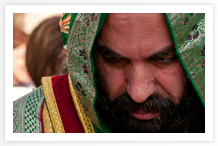 (Image ID Baptism_Side_14)
(Image ID Baptism_Side_14)
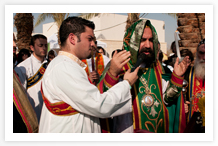 (Image ID Baptism_Side_15)
(Image ID Baptism_Side_15)
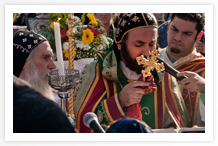 (Image ID Baptism_Side_16)
(Image ID Baptism_Side_16)
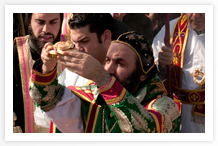 (Image ID Baptism_Side_17)
(Image ID Baptism_Side_17)
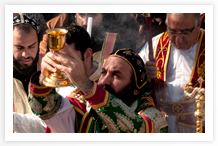 (Image ID Baptism_Side_18)
(Image ID Baptism_Side_18)
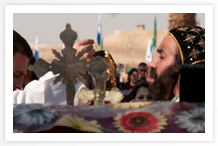 (Image ID Baptism_Side_19)
(Image ID Baptism_Side_19)
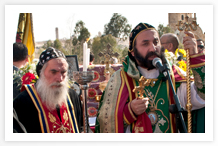 (Image ID Baptism_Side_20)
(Image ID Baptism_Side_20)
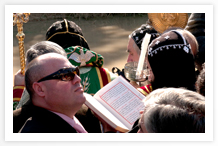 (Image ID Baptism_Side_21)
(Image ID Baptism_Side_21)
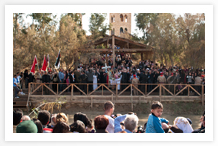 (Image ID Baptism_Side_22)
(Image ID Baptism_Side_22)
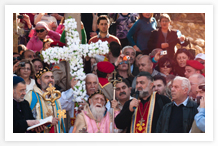 (Image ID Baptism_Side_23)
(Image ID Baptism_Side_23)
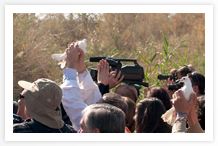 (Image ID Baptism_Side_24)
(Image ID Baptism_Side_24)
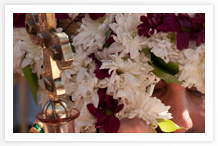 (Image ID Baptism_Side_25)
(Image ID Baptism_Side_25)
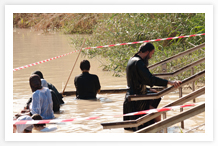 (Image ID Baptism_Side_26)
(Image ID Baptism_Side_26)
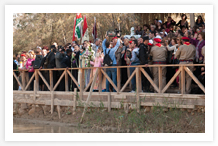 (Image ID Baptism_Side_27)
(Image ID Baptism_Side_27)
This baptism site is part of the pilgrimage route which starts in Jerusalem and Beit Lehem, and continues all the way to the Dead Sea. This route also includes “The good Samaritan” site and Qumran national park, where the Qumran scrolls were discovered, and where John the Baptist, and probably Christ, studied .
More photos of the
The “lazy river” has been known as a religious sign which symbols the transfer from nomadic life to permanent settlement. Its isolation and mystical character have always attracted social leaders who challanged the official and religious rule. This was true for Eliyahu the prophet, his student Elisha, and John the Baptist.
Most of all, this baptism site is recognized as the place where John the baptist baptized Jesus. The New Testament mentions this event as the “spiritual birth” of Jesus, thus making it the third holiest site for christians in the Holy land.
The Jordan River is regarded as a holy place thanks to it being where Jesus baptized. During the 1980's a number of christian groups have re-started the baptizing tradition in the Jordan River. The ceremonies are traditionally held during two holidays: Easter and the Epiphany holiday.
As one might imagine, Christmas in Bethlehem, the city where Jesus was born, is a major event. Some of Bethlehem's Christmas celebrations would be familiar to Europeans and North Americans - the streets are strung with Christmas lights, there is a Christmas market and Christmas plays are performed.
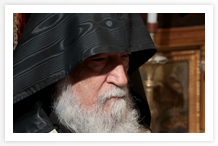 (Image ID Orthodox_Christmas_01)
(Image ID Orthodox_Christmas_01)
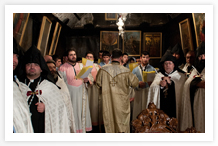 (Image ID Orthodox_Christmas_02)
(Image ID Orthodox_Christmas_02)
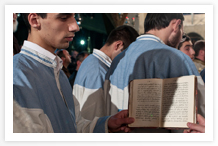 (Image ID Orthodox_Christmas_03)
(Image ID Orthodox_Christmas_03)
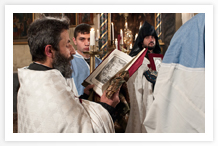 (Image ID Orthodox_Christmas_04)
(Image ID Orthodox_Christmas_04)
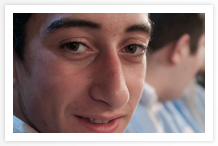 (Image ID Orthodox_Christmas_05)
(Image ID Orthodox_Christmas_05)
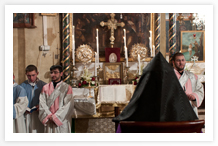 (Image ID Orthodox_Christmas_06)
(Image ID Orthodox_Christmas_06)
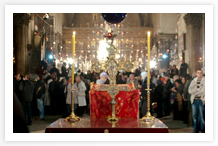 (Image ID Orthodox_Christmas_07)
(Image ID Orthodox_Christmas_07)
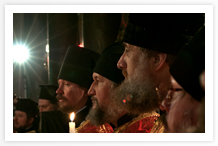 (Image ID Orthodox_Christmas_08)
(Image ID Orthodox_Christmas_08)
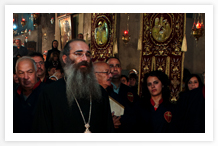 (Image ID Orthodox_Christmas_09)
(Image ID Orthodox_Christmas_09)
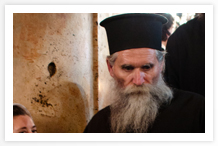 (Image ID Orthodox_Christmas_10)
(Image ID Orthodox_Christmas_10)
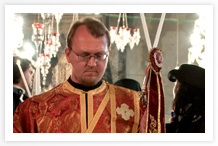 (Image ID Orthodox_Christmas_11)
(Image ID Orthodox_Christmas_11)
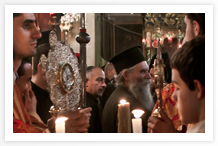 (Image ID Orthodox_Christmas_12)
(Image ID Orthodox_Christmas_12)
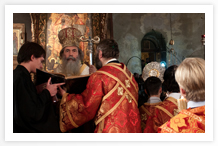 (Image ID Orthodox_Christmas_13)
(Image ID Orthodox_Christmas_13)
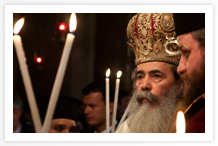 (Image ID Orthodox_Christmas_14)
(Image ID Orthodox_Christmas_14)
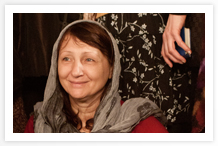 (Image ID Orthodox_Christmas_15)
(Image ID Orthodox_Christmas_15)
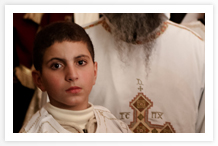 (Image ID Orthodox_Christmas_16)
(Image ID Orthodox_Christmas_16)
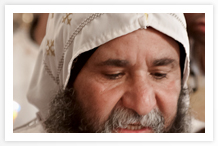 (Image ID Orthodox_Christmas_17)
(Image ID Orthodox_Christmas_17)
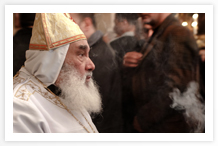 (Image ID Orthodox_Christmas_18)
(Image ID Orthodox_Christmas_18)
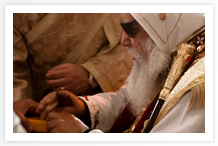 (Image ID Orthodox_Christmas_19)
(Image ID Orthodox_Christmas_19)
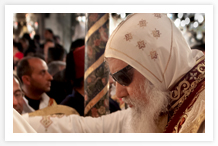 (Image ID Orthodox_Christmas_20)
(Image ID Orthodox_Christmas_20)
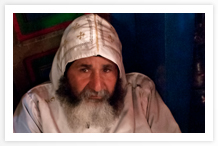 (Image ID Orthodox_Christmas_21)
(Image ID Orthodox_Christmas_21)
But other events, which are the most important religiously, are special to Bethlehem and in keeping with the traditions of the Holy Land. These consist of multiple services and processions led by many different Christian denominations, including Catholic, Protestant, Greek Orthodox, Ethiopian, Armenian and more.
Most Christmas processions pass through Manger Square, the plaza outside the Basilica of the Nativity, which stands on the traditional site of Jesus' birth. Catholic services take place in St. Catherine's Church and Protestants often hold services at the Shepherds' Fields.
More photographs about the
Bethlehem Christmas celebrations stretch for a long period, as different denominations celebrate Christmas on different days. Roman Catholics and Protestants celebrate Christmas on December 25; Greek, Syrian and other Orthodox Christians celebrate Christmas on January 6; and Armenian Christians celebrate Christmas on January 18. Below is a summary of the many services and events that take place in Bethlehem.
Protestant churches based in the Holy Land celebrate Christmas in a variety of ways. Some simply hold special Christmas services in their local churches, while others organize excursions for special services in the Shepherd's Fields or the Church of the Nativity in Bethlehem.
Roman Catholic services begin on December 24 and center around St. Catherine's Church, a Catholic church adjacent to the Orthodox Basilica of the Nativity. Services are also held on January 5 and 6 to celebrate Epiphany.
Orthodox Christians, including Greek Orthodox, Syrian Orthodox, Coptic Orthodox, Romanian Orthodox and others, celebrate Christmas on January 6. Like Roman Catholics, Orthodox Christmas in Bethlehem consists of numerous processions and long services. Most Orthodox events take place at the Basilica of the Nativity.
Armenian Orthodox Christians celebrate Christmas on January 18. Most Armenian Christmas services center around the Basilica of the Nativity.
Procession led by Armenian scouts and their band, advance the Patriarch into the Church of Nativity, while priests, seminarians and the faithful join in the sing of Armenian hymns.
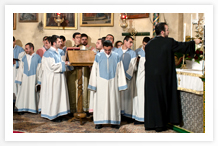 (Image ID Armenian_Christmas_01)
(Image ID Armenian_Christmas_01)
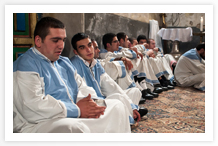 (Image ID Armenian_Christmas_02)
(Image ID Armenian_Christmas_02)
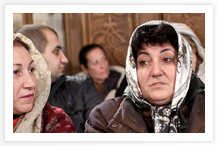 (Image ID Armenian_Christmas_03)
(Image ID Armenian_Christmas_03)
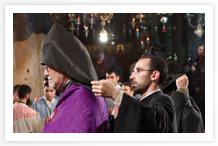 (Image ID Armenian_Christmas_04)
(Image ID Armenian_Christmas_04)
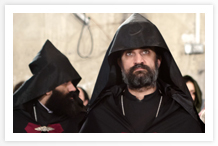 (Image ID Armenian_Christmas_05)
(Image ID Armenian_Christmas_05)
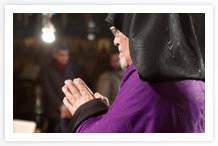 (Image ID Armenian_Christmas_06)
(Image ID Armenian_Christmas_06)
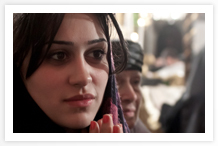 (Image ID Armenian_Christmas_07)
(Image ID Armenian_Christmas_07)
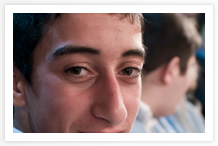 (Image ID Armenian_Christmas_08)
(Image ID Armenian_Christmas_08)
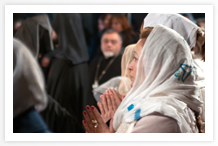 (Image ID Armenian_Christmas_09)
(Image ID Armenian_Christmas_09)
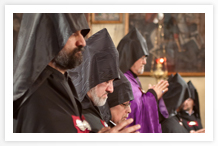 (Image ID Armenian_Christmas_10)
(Image ID Armenian_Christmas_10)
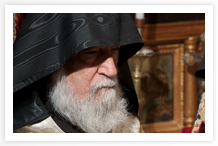 (Image ID Armenian_Christmas_11)
(Image ID Armenian_Christmas_11)
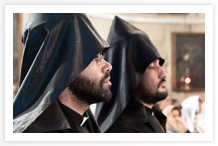 (Image ID Armenian_Christmas_12)
(Image ID Armenian_Christmas_12)
Afterwards, church services and ceremonies are conducted in the Cathedral of Nativity all night long and until the next day, January 18th.
More photos of Armenian Orthodox Christmas
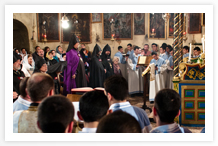 (Image ID Armenian_Christmas_13)
(Image ID Armenian_Christmas_13)
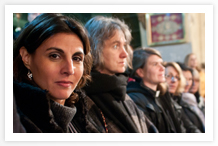 (Image ID Armenian_Christmas_14)
(Image ID Armenian_Christmas_14)
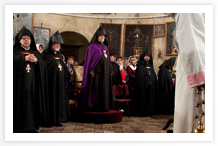 (Image ID Armenian_Christmas_15)
(Image ID Armenian_Christmas_15)
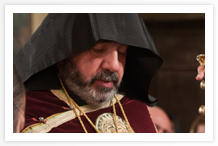 (Image ID Armenian_Christmas_16)
(Image ID Armenian_Christmas_16)
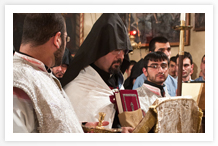 (Image ID Armenian_Christmas_17)
(Image ID Armenian_Christmas_17)
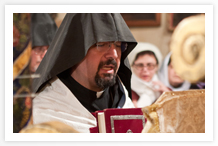 (Image ID Armenian_Christmas_18)
(Image ID Armenian_Christmas_18)
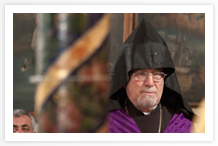 (Image ID Armenian_Christmas_19)
(Image ID Armenian_Christmas_19)
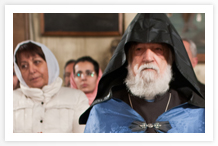 (Image ID Armenian_Christmas_20)
(Image ID Armenian_Christmas_20)
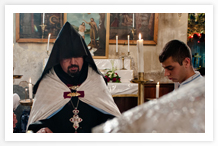 (Image ID Armenian_Christmas_21)
(Image ID Armenian_Christmas_21)
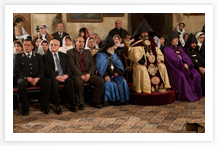 (Image ID Armenian_Christmas_22)
(Image ID Armenian_Christmas_22)
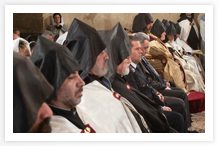 (Image ID Armenian_Christmas_23)
(Image ID Armenian_Christmas_23)
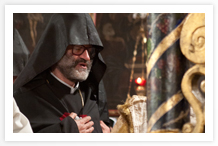 (Image ID Armenian_Christmas_24)
(Image ID Armenian_Christmas_24)
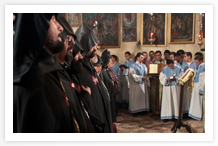 (Image ID Armenian_Christmas_25)
(Image ID Armenian_Christmas_25)
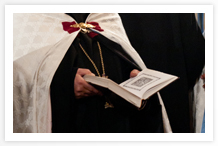 (Image ID Armenian_Christmas_26)
(Image ID Armenian_Christmas_26)
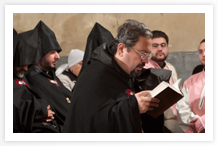 (Image ID Armenian_Christmas_27)
(Image ID Armenian_Christmas_27)
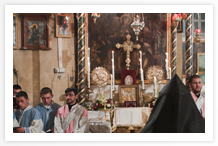 (Image ID Armenian_Christmas_28)
(Image ID Armenian_Christmas_28)
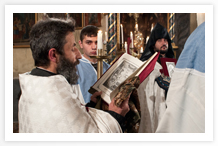 (Image ID Armenian_Christmas_29)
(Image ID Armenian_Christmas_29)
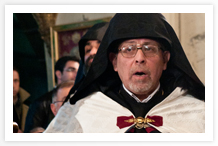 (Image ID Armenian_Christmas_30)
(Image ID Armenian_Christmas_30)
More photos of Armenian Orthodox Christmas
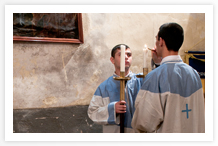 (Image ID Armenian_Christmas_31)
(Image ID Armenian_Christmas_31)
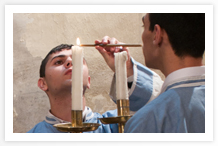 (Image ID Armenian_Christmas_32)
(Image ID Armenian_Christmas_32)
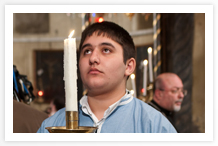 (Image ID Armenian_Christmas_33)
(Image ID Armenian_Christmas_33)
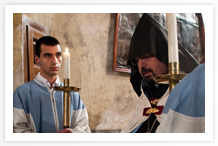 (Image ID Armenian_Christmas_34)
(Image ID Armenian_Christmas_34)
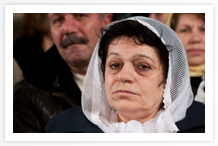 (Image ID Armenian_Christmas_35)
(Image ID Armenian_Christmas_35)
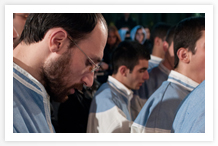 (Image ID Armenian_Christmas_36)
(Image ID Armenian_Christmas_36)
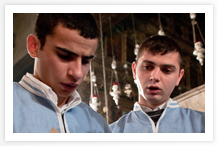 (Image ID Armenian_Christmas_37)
(Image ID Armenian_Christmas_37)
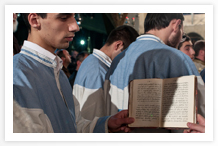 (Image ID Armenian_Christmas_38)
(Image ID Armenian_Christmas_38)
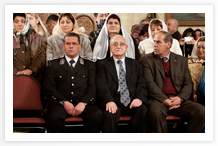 (Image ID Armenian_Christmas_39)
(Image ID Armenian_Christmas_39)
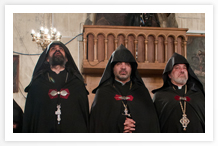 (Image ID Armenian_Christmas_40)
(Image ID Armenian_Christmas_40)
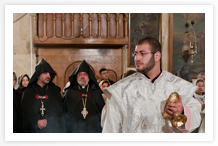 (Image ID Armenian_Christmas_41)
(Image ID Armenian_Christmas_41)
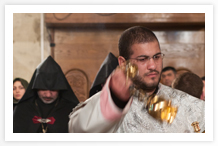 (Image ID Armenian_Christmas_42)
(Image ID Armenian_Christmas_42)
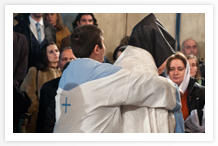 (Image ID Armenian_Christmas_43)
(Image ID Armenian_Christmas_43)
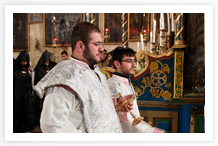 (Image ID Armenian_Christmas_44)
(Image ID Armenian_Christmas_44)
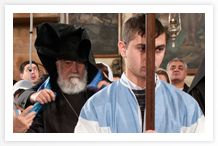 (Image ID Armenian_Christmas_45)
(Image ID Armenian_Christmas_45)
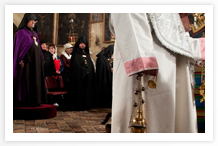 (Image ID Armenian_Christmas_46)
(Image ID Armenian_Christmas_46)
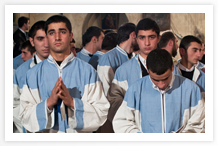 (Image ID Armenian_Christmas_47)
(Image ID Armenian_Christmas_47)
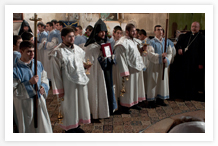 (Image ID Armenian_Christmas_48)
(Image ID Armenian_Christmas_48)
More photos of Armenian Orthodox Christmas
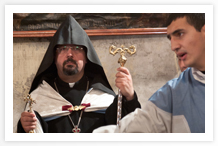 (Image ID Armenian_Christmas_49)
(Image ID Armenian_Christmas_49)
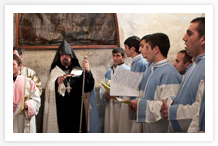 (Image ID Armenian_Christmas_50)
(Image ID Armenian_Christmas_50)
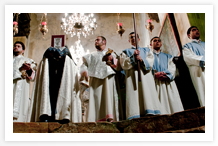 (Image ID Armenian_Christmas_51)
(Image ID Armenian_Christmas_51)
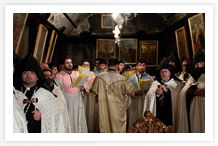 (Image ID Armenian_Christmas_52)
(Image ID Armenian_Christmas_52)
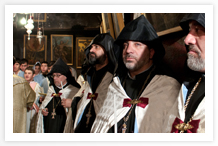 (Image ID Armenian_Christmas_53)
(Image ID Armenian_Christmas_53)
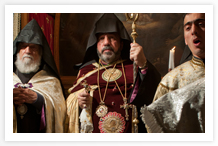 (Image ID Armenian_Christmas_54)
(Image ID Armenian_Christmas_54)
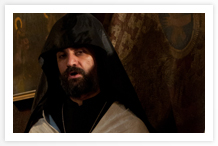 (Image ID Armenian_Christmas_55)
(Image ID Armenian_Christmas_55)
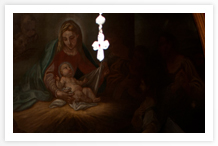 (Image ID Armenian_Christmas_56)
(Image ID Armenian_Christmas_56)
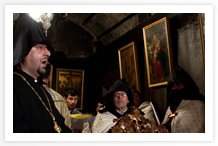 (Image ID Armenian_Christmas_57)
(Image ID Armenian_Christmas_57)
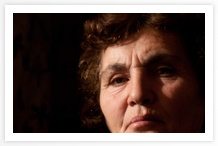 (Image ID Armenian_Christmas_58)
(Image ID Armenian_Christmas_58)
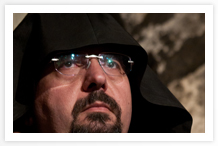 (Image ID Armenian_Christmas_59)
(Image ID Armenian_Christmas_59)
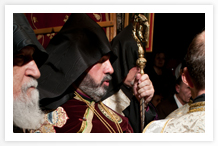 (Image ID Armenian_Christmas_60)
(Image ID Armenian_Christmas_60)
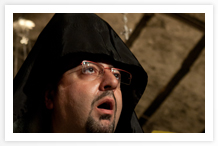 (Image ID Armenian_Christmas_61)
(Image ID Armenian_Christmas_61)
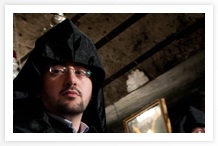 (Image ID Armenian_Christmas_62)
(Image ID Armenian_Christmas_62)
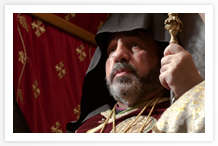 (Image ID Armenian_Christmas_63)
(Image ID Armenian_Christmas_63)
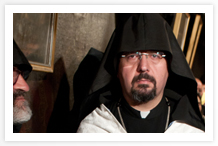 (Image ID Armenian_Christmas_64)
(Image ID Armenian_Christmas_64)
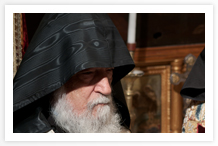 (Image ID Armenian_Christmas_65)
(Image ID Armenian_Christmas_65)
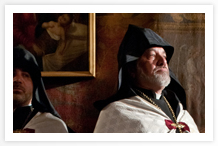 (Image ID Armenian_Christmas_66)
(Image ID Armenian_Christmas_66)
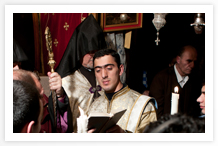 (Image ID Armenian_Christmas_67)
(Image ID Armenian_Christmas_67)
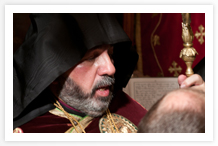 (Image ID Armenian_Christmas_68)
(Image ID Armenian_Christmas_68)
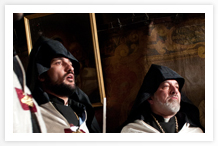 (Image ID Armenian_Christmas_69)
(Image ID Armenian_Christmas_69)
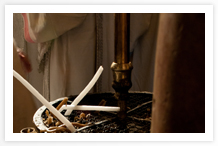 (Image ID Armenian_Christmas_70)
(Image ID Armenian_Christmas_70)
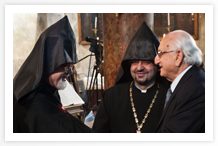 (Image ID Armenian_Christmas_71)
(Image ID Armenian_Christmas_71)
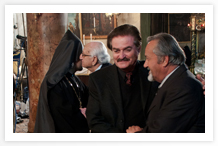 (Image ID Armenian_Christmas_72)
(Image ID Armenian_Christmas_72)
More photos of Armenian Orthodox Christmas